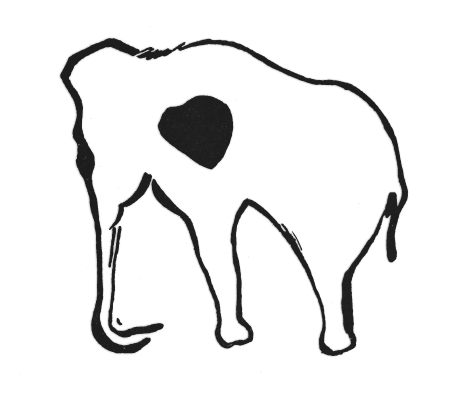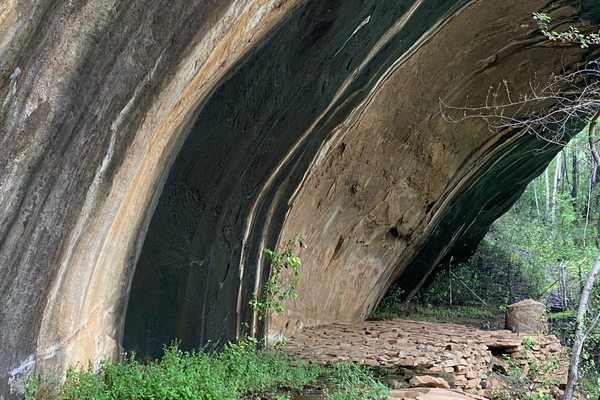About
The Paleolithic cave paintings of El Pindal were the first of their kind to be discovered in Asturias in the modern age, found in 1908 by the pioneering local archeologist Hermilio Alcade del Rio. Archeological studies in recent years have revealed that the art dates from the Upper Paleolithic era, approximately 22,000 years ago, and the later Magdalenian period, towards the end of the Ice Age some 17,000 years ago.
Sprawling across the rocky walls are over 20 confirmed paintings, though due to deterioration from eons of changing climates only a few remain visible to the naked eye. These include a number of images showing faint outlines of bison and horses, much clearer paintings of a salmon fish and red deer, and many obscure geometric patterns. But the most notable iconic image that graces the walls of the cave is undoubtedly that of a very special extinct animal, a woolly mammoth.
The mammoth has become a beloved local symbol of the caves. It's known today as the "Elefante Enamorado" ("The Elephant in Love") due to what appears to be the shape of a heart in the center of the image. Yet despite this endearing local name, this is sadly not a charming prehistoric portrayal of an enamored elephant. The "love heart" is actually believed to represent a bloodied hunting wound, an image derived perhaps from a hungry hunter's hopes of obtaining a mammoth meal, quite literally.
The presence of this behemothic beast among the paintings was quite a remarkable find, as depictions of mammoths, although prevalent in southern France, are extremely rare in the cave art of northern Spain. This rarity may indicate that the mammoth was comparatively of a far greater cultural and culinary significance to the hunter-gatherers of the French Pyrenees, but not frequently hunted, worshiped, or encountered by the prehistoric peoples of the Cantabrian region who seemed to have instead revered the wild horse.
Whatever the case may be, the mammoth evidently meant something to the Paleolithic artistic imagination of the human (or humans) who traced its likeness in red ochre on the rock wall. As no archeological evidence of continuous prehistoric habitation of the caves has ever been unearthed, this site may have been used primarily for rituals or religious ceremonies. It's possible El Pindal was even an animistic shrine of some kind to deities, totemic animals, or spirits whose ontologies are now long lost, though their ghostly outlines remain defiantly immortalized.
Related Tags
Know Before You Go
The cave is open from 10 a.m. to 5 p.m. from Wednesday to Sunday throughout the year. There is a small entrance fee but Wednesdays visits are free. As with all the Cantabrian Paleolithic cave sites, it is necessary to first reserve a visit by contacting the site by email or phone.
Published
August 20, 2019

























